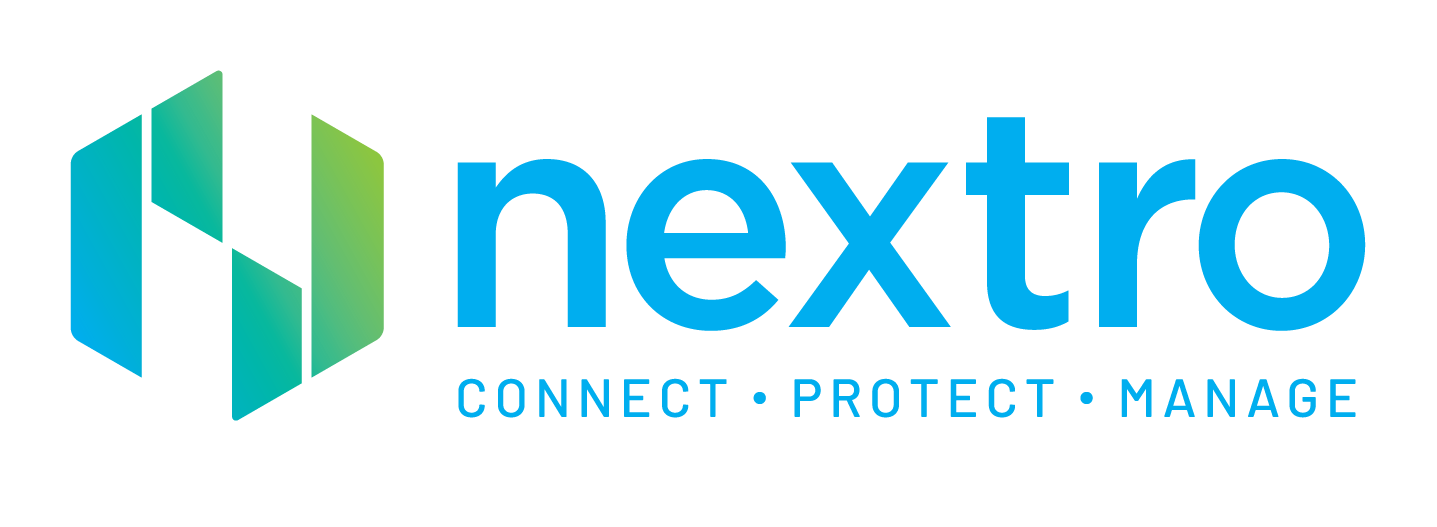Is A Cloud-Managed Network Solution Right for You?
As corporate data networks become more complex, pressure intensifies on the IT function to anticipate the business’s needs. And while IT budgets remain tight, the drive to delight customers while lifting security, resilience and agility inspires IT leaders to seek solutions that are smarter, streamlined and human-centred. To support their mission, IT users need a single source of truth that proactively suggests solutions for better, simpler and more transparent decision-making.
Yet, for reasons that range from maintaining legacies to avoiding vendor lock-in, many businesses now use hybrid and multi-cloud networks. While such infrastructures may at first glance deliver price and innovation benefits, over the long haul they may increase administrative complexity and have other weaknesses. But what if the IT decision-maker could be confident they have total visibility into their networks that are streamlined, scalable, compliant and fit for purpose—even in a dynamic operating environment? Or if they could alleviate the skills crisis with artificial intelligence (AI) and an intuitive app to delight even non-technical staff—anywhere and at any time?
This video will help you understand how to untangle complex networks, derive efficiency, boost return on investment and delight users—including your own staff. And it will explain why your business may benefit from a cloud-managed network to support your business strategies.
How did networks become so complex?
To meet evolving business needs, IT leaders tend to supplement their on-premises infrastructure with public cloud services (or ‘mix and match’ clouds) to leverage perceived vendor strengths.
However, complex networks tend to erect surprising obstacles. If you recognise these telltale signs, your network infrastructure may be inhibiting your business growth and responsiveness:
Sacrifices simplicity
Gaining a single source of truth may be challenging because data is siloed in systems that may not talk to each other, unnecessarily complicating IT management and accumulating risks.
Obscures visibility
Multiple systems may obfuscate what is happening across the entire infrastructure, inhibiting decision-making.
Hinders scaling
Impediments ranging from sunk costs of on-premises equipment to agreements with cloud vendors may encumber the business’s ability to boost and throttle its network in line with momentum.
Heightens security risk
Flaws and breaches may be overlooked or lost among the ‘noise,’ lifting the risk of network compromise.
Elevates total ownership cost
Even though individual cloud services may be comparatively cheap, management overhead may consume savings.
Limits skills access
Mixing skills may be difficult and costly in a competitive market, requiring outside partners to fill capability gaps.
1. Is your IT infrastructure’s complexity outpacing your management capability and/or capacity?
Hybrid and multi-cloud networks are complex, demanding much management and coordination. Standing up and shifting IT resources such as devices and workloads should be as easy as clicking in an app. Businesses should also ensure that data and workloads are managed and secured on-premises and in the cloud—or spread across providers—and that data is synched and backed up in multi-cloud scenarios.


2. Does your IT infrastructure have inconsistent security settings?
Ensuring sensitive data and workloads are safeguarded is challenging when they are spread across clouds and on-premises. Businesses should ensure their data and workloads are protected and compliant and that they maintain consistent security settings and protocols across their infrastructure, supported by smart systems that automatically correct and surface high-priority items for immediate action.
3. Are you saving as much money/time/resources as you expected?
In the long run, hybrid and multi-cloud may be more costly than a pure on-premises solution, because businesses must pay multiple vendors. Businesses also need to source and invest in added management tools, resources and skills that may be costly and scarce. Platform management costs should be transparent and easily understood without hidden fees or charges.


4. Are you innovating and iterating at the speed you expected?
Innovation may be hampered by difficulty integrating and interoperating between systems from different vendors. Additionally, on-premises equipment may not be as flexible or scalable as public cloud offerings, while visibility between systems may be opaque. If you find that your IT infrastructure isn’t easily woven into a coherent tapestry, your ability to serve customers and innovate may suffer.
5. Are you still locked into a vendor?
Although public cloud vendors tout their freedom to move in and out of their offerings, various factors may complicate shifting data and workloads between providers.


6. Are the skills you need to run your network readily available at fair value?
Accessing skills from multiple vendors increases the cost and complexity of running your network. You may need to pay above market rates and/or engage an outside partner to bridge skills gaps.
NEXT STEPS:
Elevating your infrastructure with Nextro exclusive Network Management solutions.
If any of the above challenges resonated with you, get in touch with Nextro team now.
